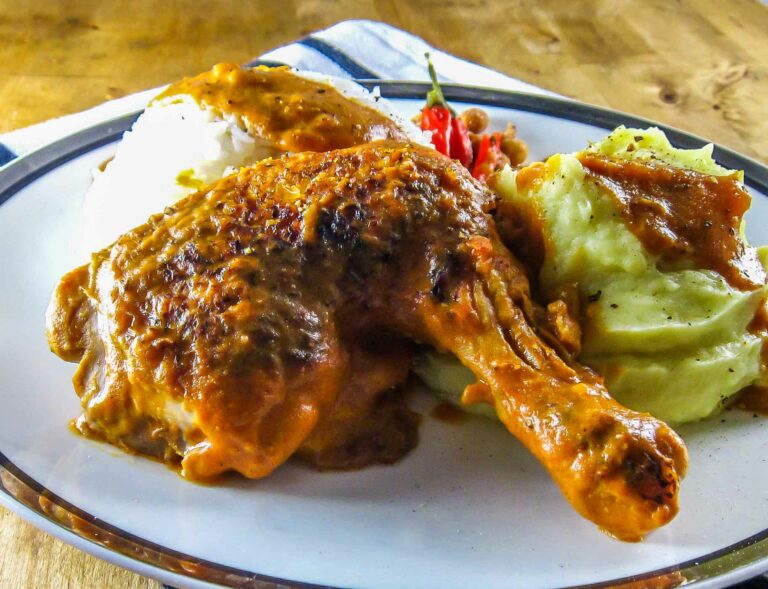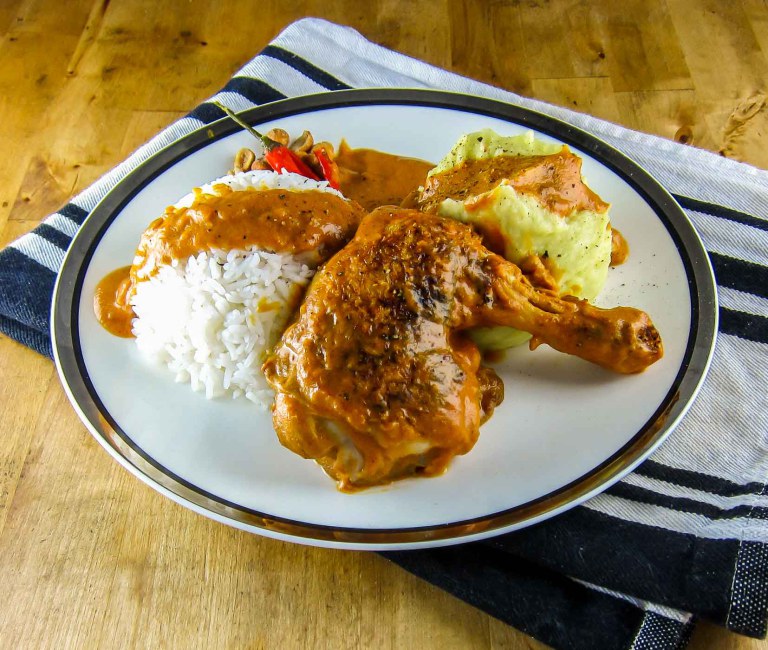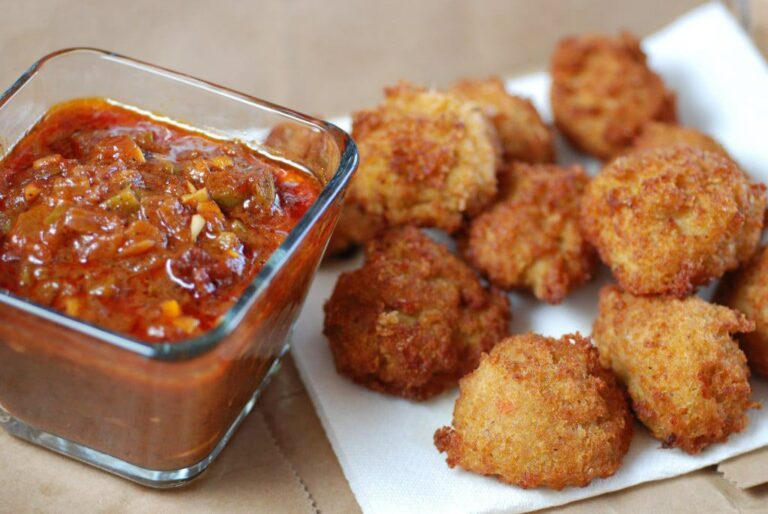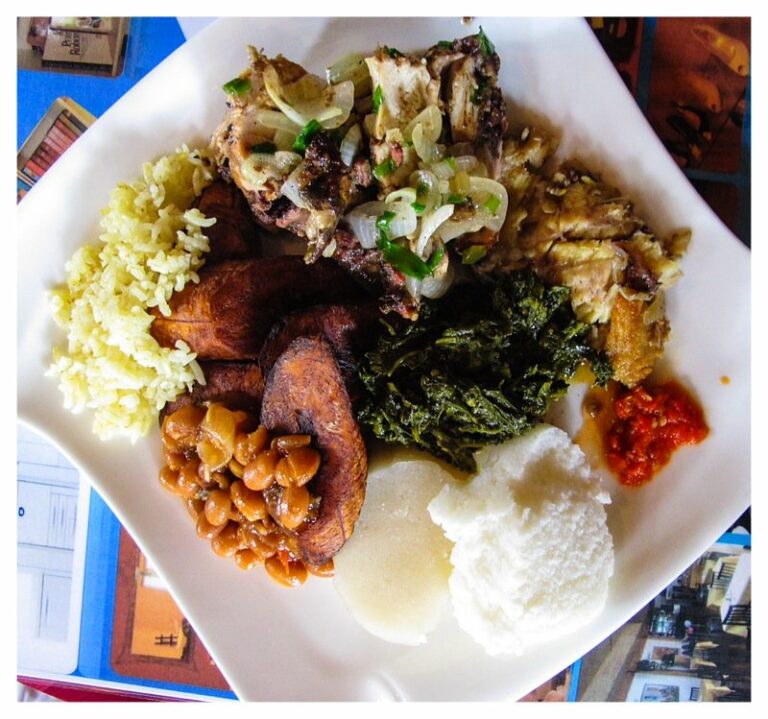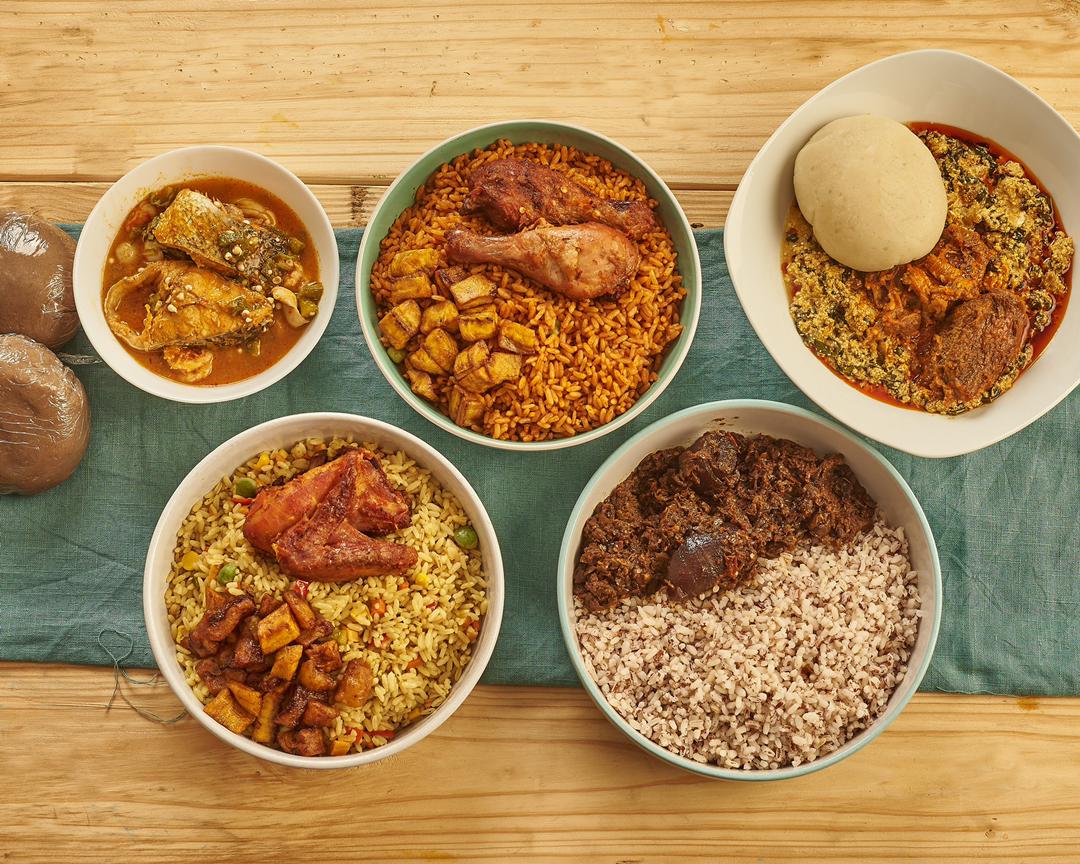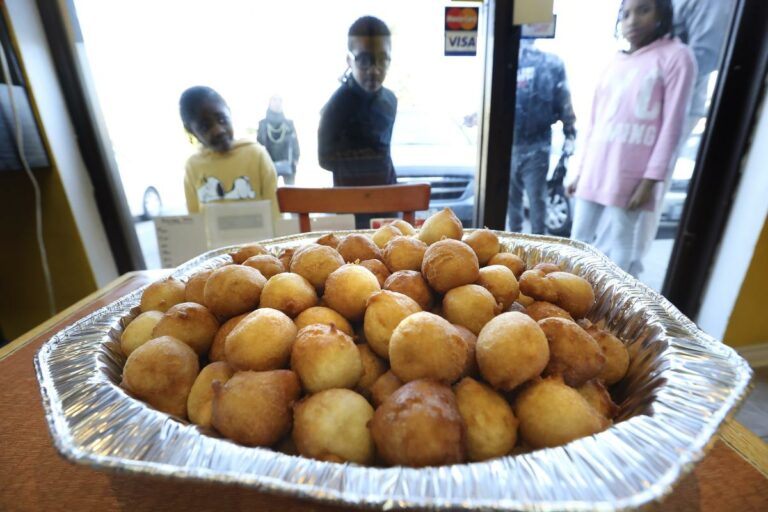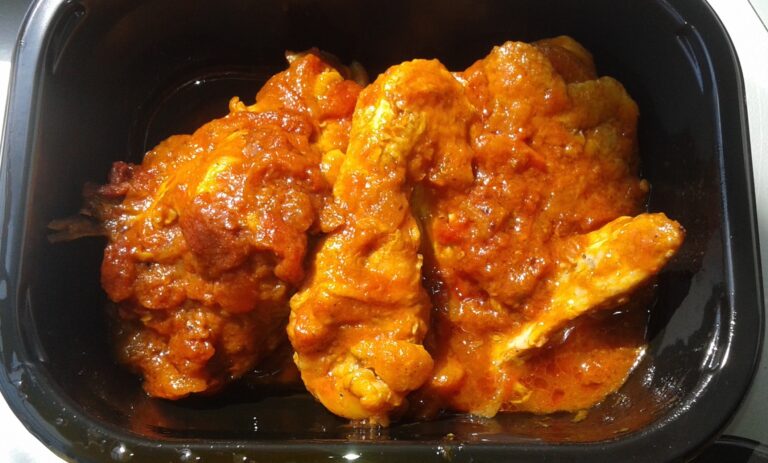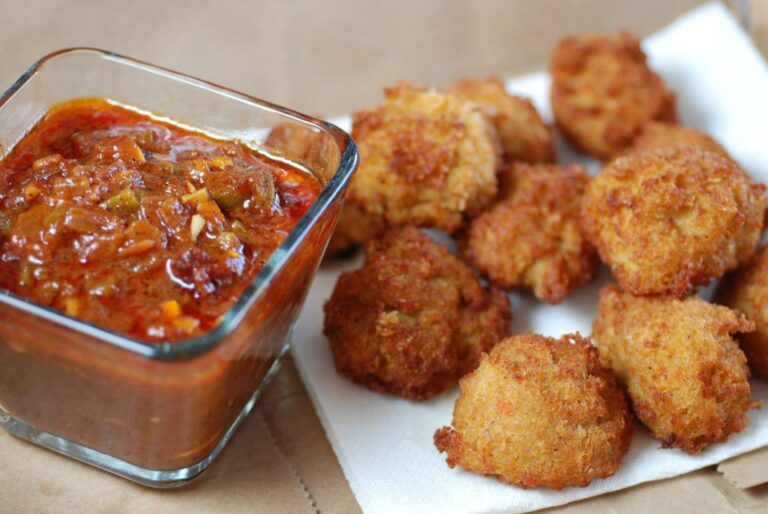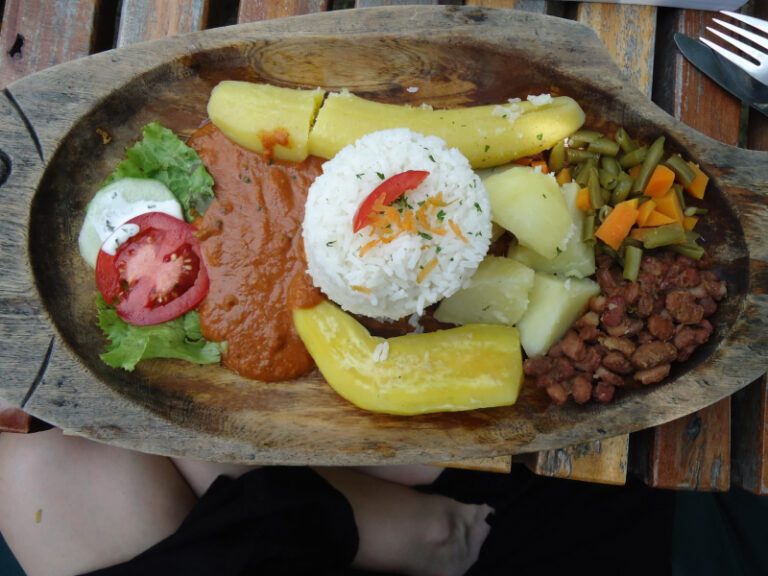Introduction: Street Food in Congo
Street food is a popular form of cuisine around the world, especially in African countries like Congo. Street food is a cheap and convenient alternative to formal restaurants and has become a part of the everyday life of many Congolese people. The vibrant and diverse street food scene in Congo is a reflection of the country’s unique culture and history.
Historical Background of Street Food in Congo
Street food has been a part of Congolese culture for centuries. Before the colonization of the country, street food vendors sold food in markets and on the streets. The arrival of Europeans in the late 19th century brought new foods and cooking techniques to Congo, and street food vendors adapted their offerings to include these new ingredients. During the colonial period, street food vendors were often seen as a nuisance and were subject to harassment and fines. However, street food remained an important part of Congolese culture, and today it is a thriving industry.
Types of Street Food in Congo
Congolese street food is diverse, with each region of the country offering its own unique flavors and dishes. Some popular Congolese street foods include sambusa, a fried pastry filled with meat or vegetables; brochettes, skewers of grilled meat; and fufu, a starchy staple food made from cassava, maize, or yams. Other popular street foods include grilled fish, plantains, and beignets.
Popular Street Food Dishes in Congo
One of the most popular Congolese street foods is moambe chicken, a stew made with chicken, palm oil, and spices. This dish is often served with fufu or rice. Another popular street food is kwanga, a fermented cassava cake that is sliced and grilled. Kwanga is often served with fish or meat. Other popular street foods include chikwangue, a fermented cassava bread, and makayabu, a fried pastry filled with sweet or savory ingredients.
Role of Street Food in Congolese Culture
Street food is an important part of Congolese culture and plays a significant role in the country’s social and economic life. Street food vendors provide affordable and accessible food to people from all walks of life, and their dishes reflect the country’s diverse cultural heritage. Street food also creates job opportunities for many Congolese people, especially women.
Street Food Safety and Hygiene Regulations in Congo
Street food vendors in Congo are required to obtain licenses from local authorities and comply with food safety and hygiene regulations. However, enforcement of these regulations can be inconsistent. Some vendors may operate without licenses or proper sanitation facilities, putting consumers at risk of foodborne illnesses. The government and non-governmental organizations are working to improve food safety and hygiene standards in the street food industry.
Street Food and the Informal Economy in Congo
Street food is a key component of Congo’s informal economy, which includes activities that are not regulated by the government and do not contribute to official GDP figures. The informal economy provides livelihoods for many Congolese people who are unable to find formal employment. However, the lack of regulation and oversight in the informal economy can lead to exploitation and abuse of workers and consumers.
Conclusion: The Future of Street Food in Congo
Street food is likely to remain a popular form of cuisine in Congo due to its affordability and accessibility. However, the industry faces challenges related to food safety and hygiene, as well as regulation and oversight. The government and non-governmental organizations are working to address these challenges and improve the safety and sustainability of the street food industry. With proper regulation and oversight, street food can continue to be an important part of Congolese culture and economy.


